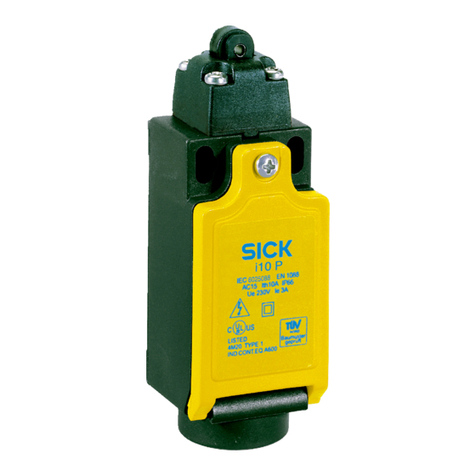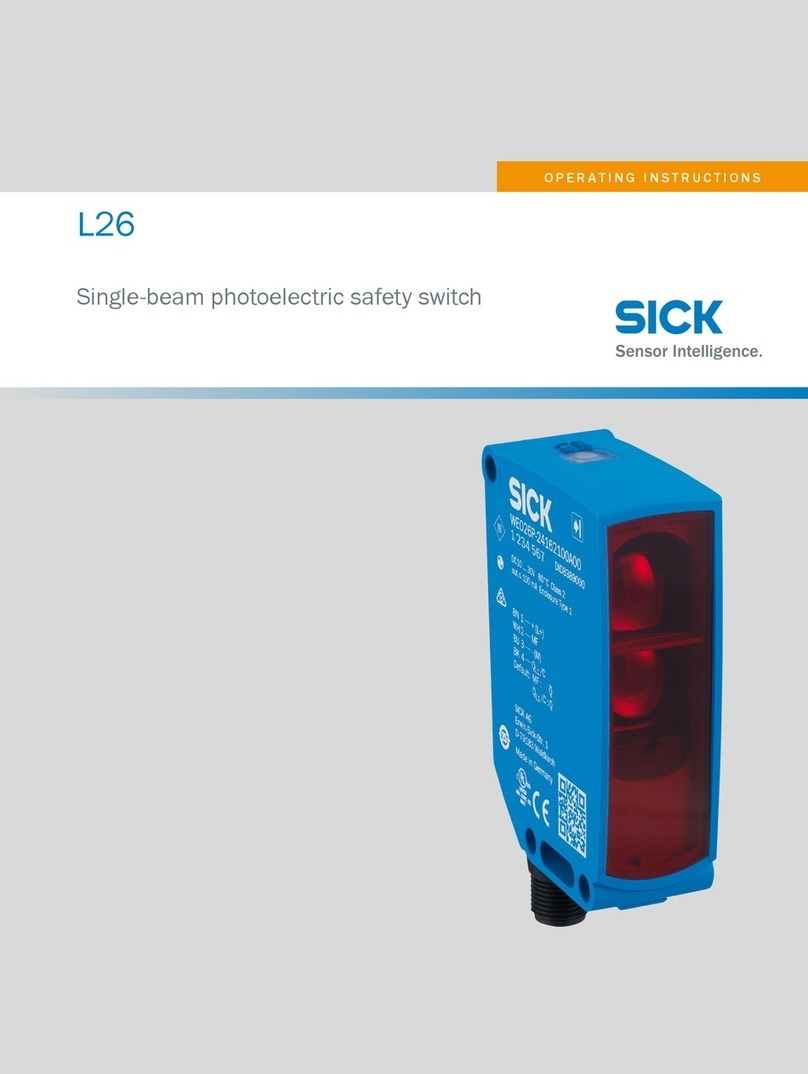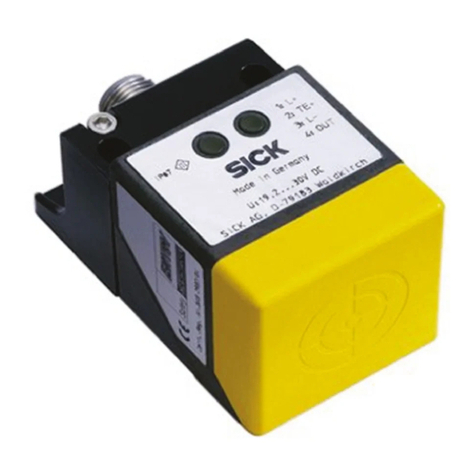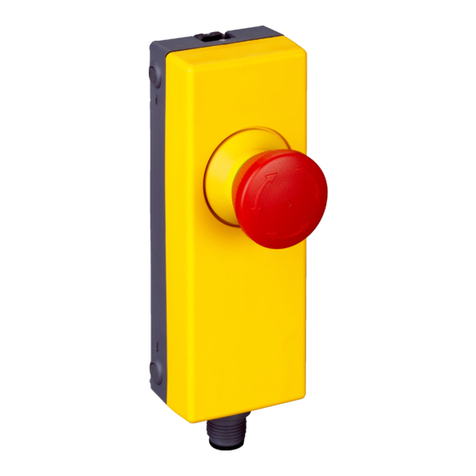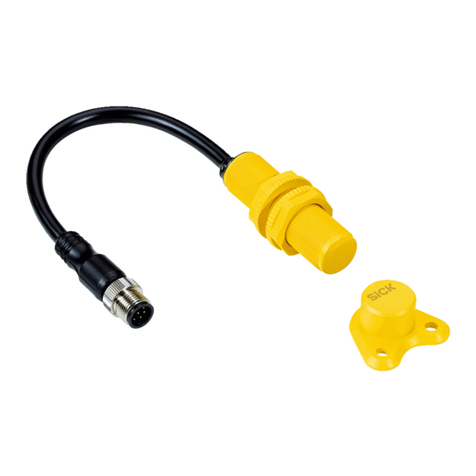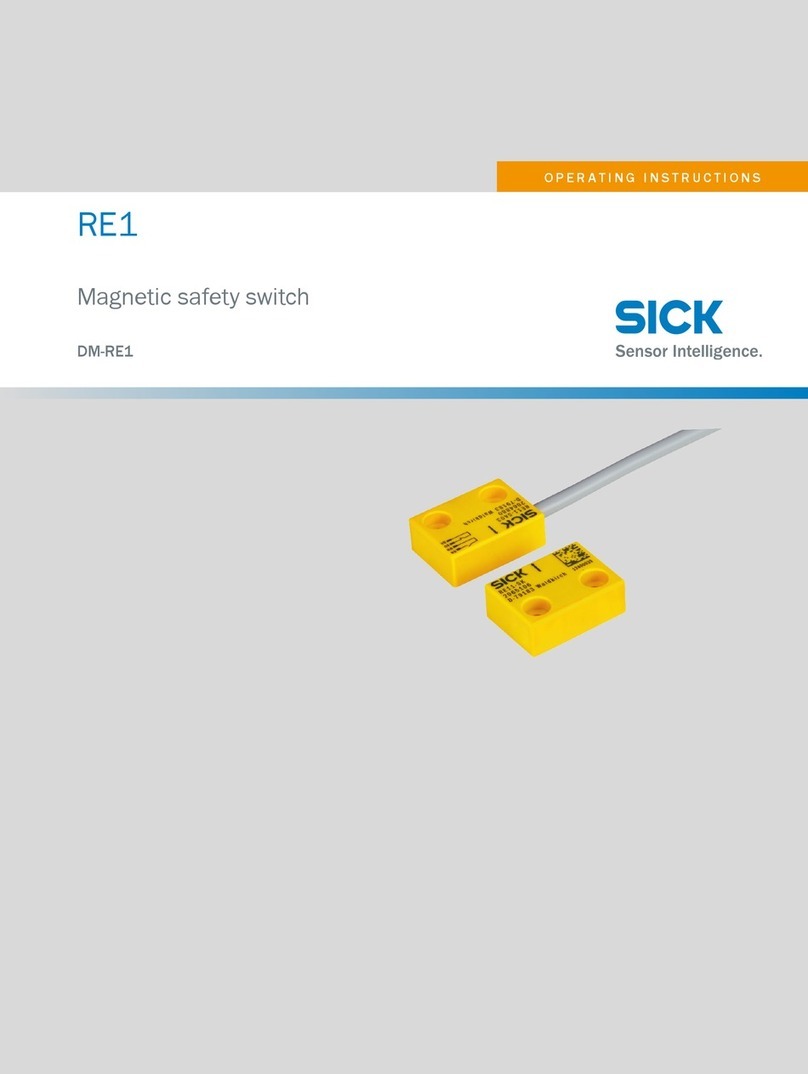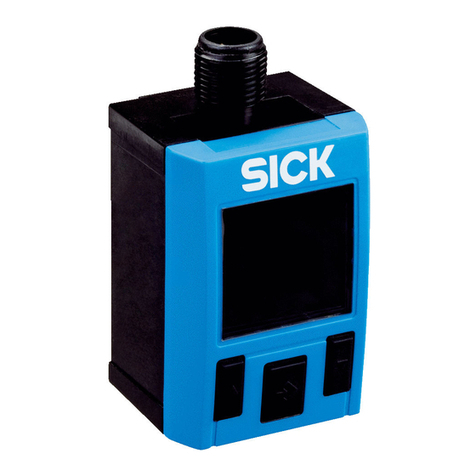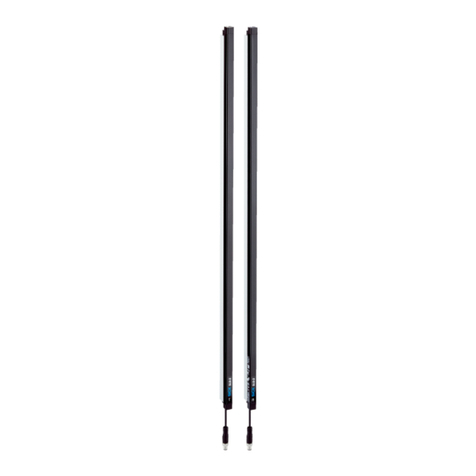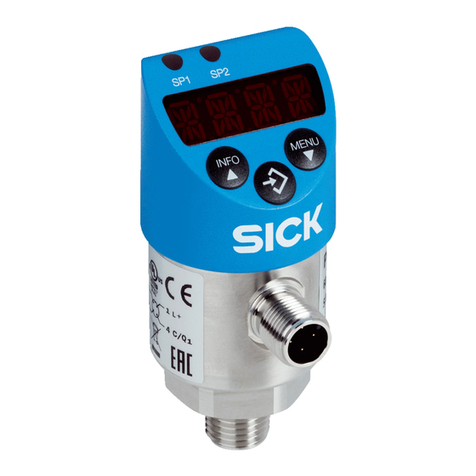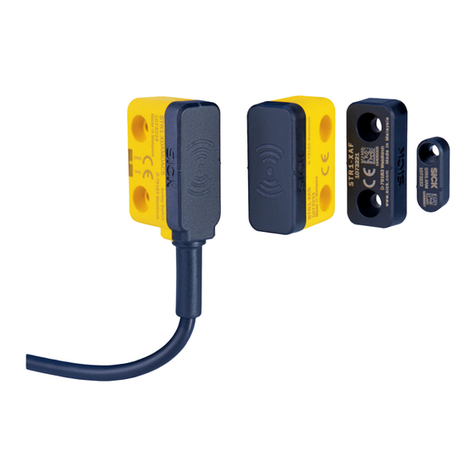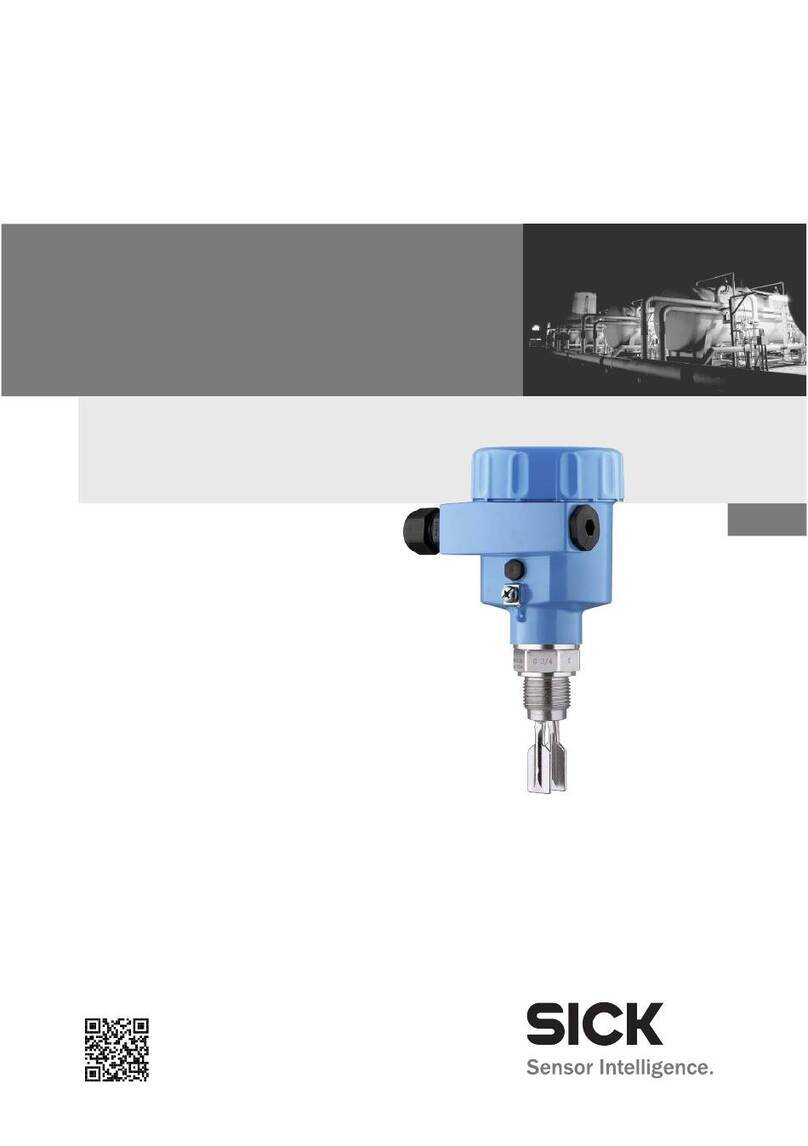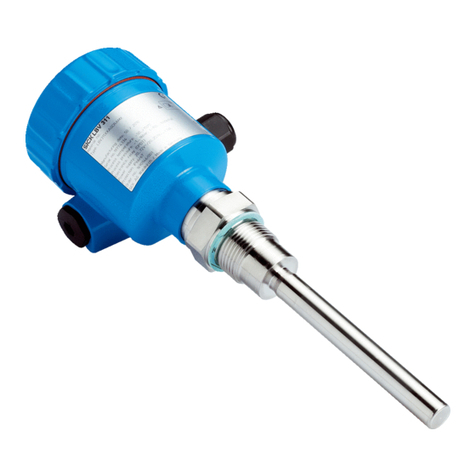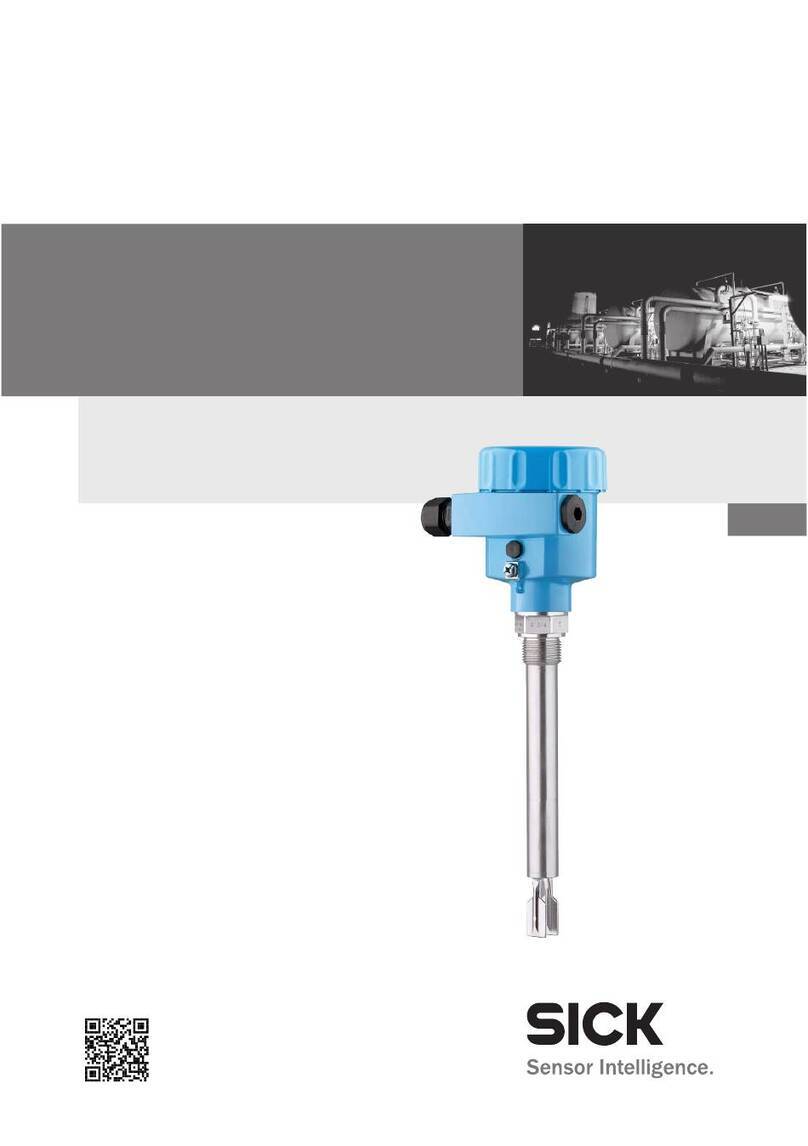
Contents
1 About this document........................................................................ 5
1.1 Purpose of this document........................................................................ 5
1.2 Target group.............................................................................................. 5
1.3 Information depth..................................................................................... 5
1.4 Scope......................................................................................................... 5
1.5 Abbreviations used................................................................................... 5
2 On safety............................................................................................. 6
2.1 Qualified safety personnel....................................................................... 6
2.2 Intended use............................................................................................. 6
2.3 General safety notes and protective measures...................................... 7
3 Product description........................................................................... 8
3.1 Description of operation........................................................................... 8
3.2 Protective functions.................................................................................. 9
3.3 LED indicators........................................................................................... 9
4 Mounting............................................................................................. 10
5 Electrical installation........................................................................ 13
5.1 Notes on cULus......................................................................................... 13
5.2 Safety notes for the electrical connection.............................................. 13
5.3 Failsafety................................................................................................... 13
5.4 Connection................................................................................................ 14
5.4.1 Device connection (M12, 8-pin or cable variant).................. 14
5.4.2 Device connection (M12, 5-pin)............................................. 15
5.4.3 Connecting an individual safety switch.................................. 15
5.4.4 Series connection of several safety switches........................ 16
6 Commissioning.................................................................................. 17
6.1 Indication when switching on................................................................... 17
6.2 Teach-in (uniquely coded variants).......................................................... 17
6.2.1 Teaching in an actuator........................................................... 17
6.2.2 Teaching in and locking a uniquely coded sensor................. 18
6.2.3 Fault indicators during teach-in.............................................. 18
6.3 Inspection instructions............................................................................. 19
6.3.1 Checks before initial commissioning...................................... 19
6.3.2 Regular inspection of the protective device by qualified
safety personnel...................................................................... 19
6.3.3 Regular testing of the effectiveness of the protective
device....................................................................................... 19
7 Fault diagnosis................................................................................... 20
7.1 Response to errors................................................................................... 20
7.2 SICK Support............................................................................................. 20
CONTENTS
8023286/15V1/2019-11-22 | SICK O P E R A T I N G I N S T R U C T I O N S | TR4 Direct Rectangular 3
Subject to change without notice













